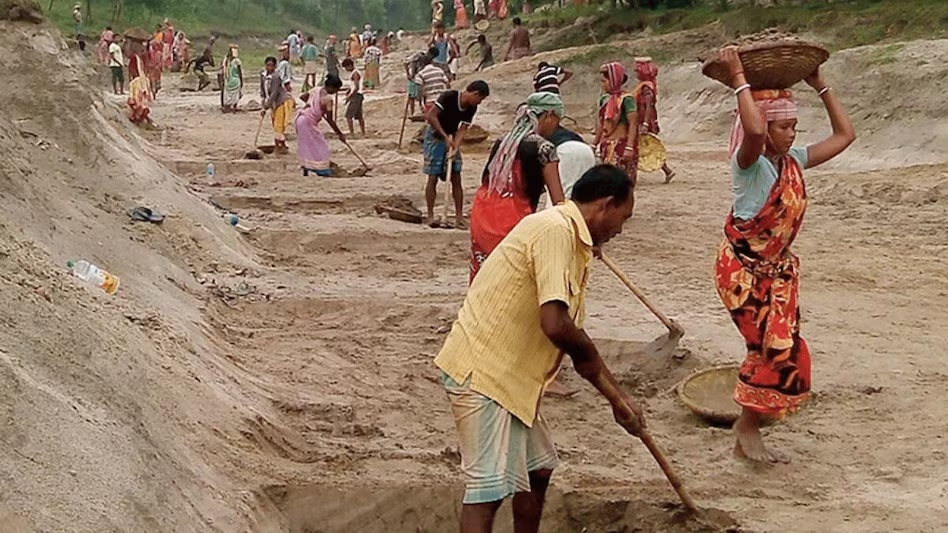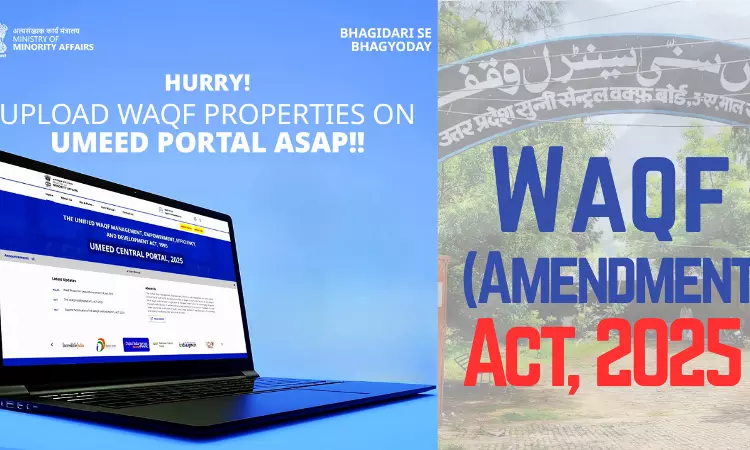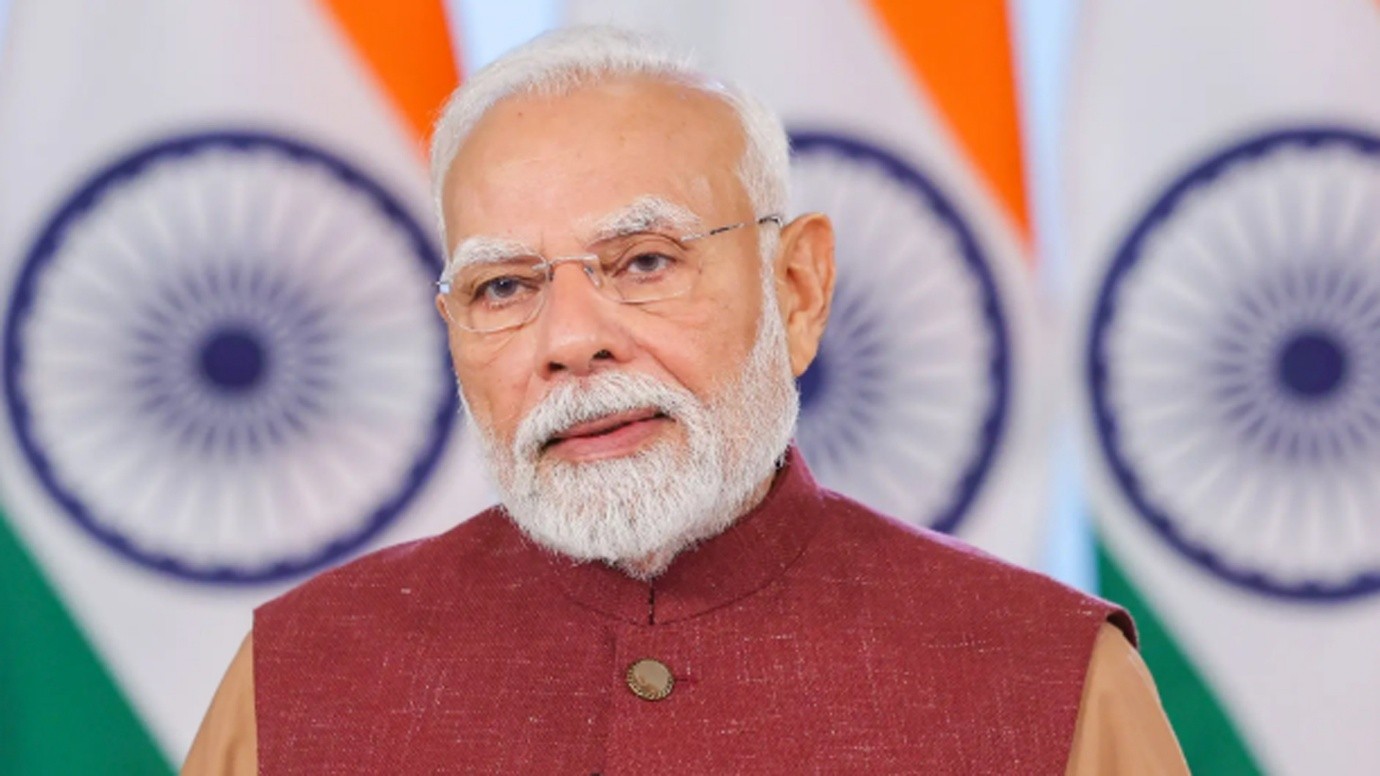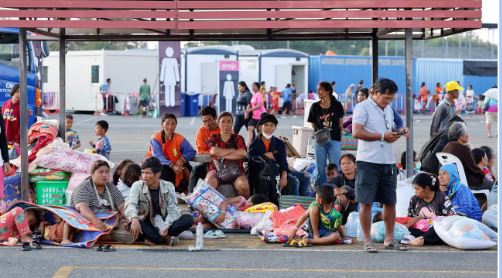Description
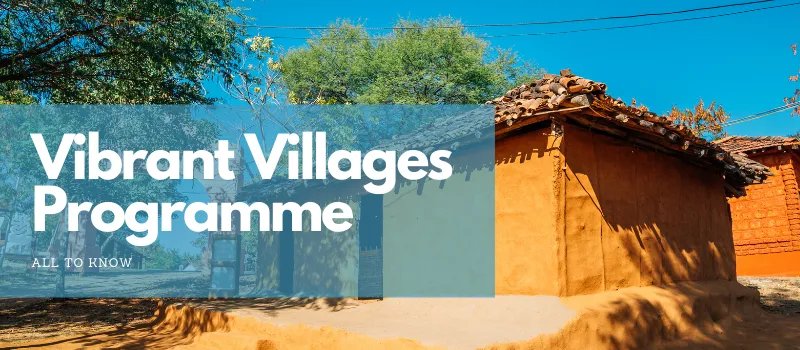
Copyright infringement not intended
Picture Courtesy: https://www.linkedin.com/pulse/vibrant-villages-programme-all-know%E0%A4%B5%E0%A4%87%E0%A4%AC%E0%A4%B0%E0%A4%9F-%E0%A4%B5%E0%A4%B2%E0%A4%9C%E0%A4%9C-%E0%A4%AA%E0%A4%B0%E0%A4%97%E0%A4%B0%E0%A4%AE-%E0%A4%9C%E0%A4%A8%E0%A4%A8-anuj-kumar-eufyc
Context: The Home Ministry has sanctioned 113 road projects under the Vibrant Village Programme (VVP) in Arunachal Pradesh, Uttarakhand, and Sikkim to improve connectivity along the China border.
Details
- The Indian government has initiated infrastructure project under the Vibrant Village Programme (VVP) aimed at improving road connectivity in regions along the China border, particularly in Arunachal Pradesh, Uttarakhand, and Sikkim. This effort is part of a broader strategy to enhance development and security in these sensitive border areas.
Sanctioning and Allocation
- The Ministry of Home Affairs (MHA) has sanctioned 113 roads under the VVP in the border states. These roads are distributed with 105 roads in Arunachal Pradesh, five in Uttarakhand, and three in Sikkim.
- The government is expected to spend over ₹2 crores per kilometre on these roads.
Monitoring and Maintenance
- State governments are required to install GPS-enabled tracking devices on key machinery and equipment used during construction to monitor the progress and ensure transparency.
- After construction, the maintenance of these roads will be the responsibility of the respective state governments.
|
The total budget for VVP for the financial years 2023-24, 2024-25, and 2025-26 is ₹4,800 crore. More than half of this budget, approximately ₹2,500 crore, is allocated for road construction. In the first phase, 68% of the villages to be covered are in Arunachal Pradesh, with specific numbers of villages also identified in Ladakh, Himachal Pradesh, Sikkim, and Uttarakhand.
|
About Vibrant Villages Programme (VVP)
- The Vibrant Villages Programme (VVP), approved as a centrally Sponsored Scheme in February 2023, is aimed at the comprehensive development of select villages in 46 blocks across 19 districts located along the northern border of India. These districts span across the states of Arunachal Pradesh, Himachal Pradesh, Sikkim, Uttarakhand, and the Union Territory of Ladakh.
- The programme targets villages located within 0-10 kilometres of aerial distance from the first habitation at the International Boundary (IB).
Objectives
- Reduced Migration: One of the primary objectives is to curb the outflow of people from villages located along the China border. This outmigration weakens India's presence in these areas and can hinder intelligence gathering. By improving living standards and infrastructure, the VVP aims to make these villages more attractive places to live.
- Enhanced Security: A more populated border with residents acting as potential sources of information strengthens national security. People living near the border can provide valuable insights into activities on the Chinese side.
- Improved Quality of Life: The VVP goes beyond just security. It aims to create a positive change in the lives of border residents by providing better infrastructure, particularly improved roads. This can lead to better access to essential services, markets, and educational opportunities.

Focus Areas
- Livelihood Generation: Promoting tourism, cultural heritage, skill development, and entrepreneurship. Developing cooperative societies including agriculture, horticulture, and cultivation of medicinal plants/herbs.
- Infrastructure Development:
- Providing road connectivity to unconnected villages.
- Developing housing and village infrastructures.
- Ensuring access to energy, including renewable energy sources.
- Improving television and telecom connectivity.
- Incentivizing Village Residence: Creating sufficient incentives for people to stay in the selected villages, thereby addressing issues related to migration.
|
In addition to VVP, essential infrastructure projects have been approved under the Border Area Development Programme (BADP) in all census villages/towns, semi-urban, and urban areas within 0-10 kilometres from the IB in the specified regions. These projects encompass various sectors including road and bridges, health, education, agriculture, sports, drinking water, sanitation, Anganwadi, community centres, and small-scale industries.
|
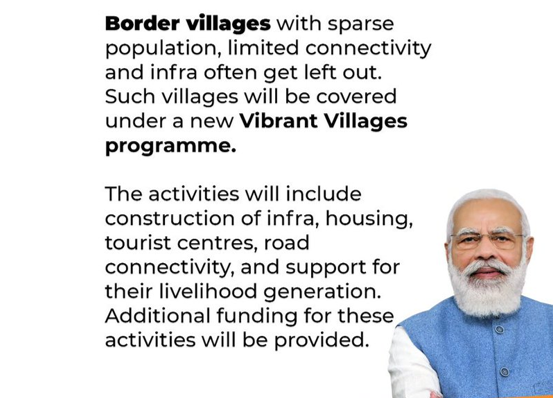
Conclusion
- The success of the initiative will depend on its effective implementation. If executed well, the program has the potential to achieve its goals of reducing migration, strengthening border security, and improving the lives of residents in these crucial border villages. This can contribute significantly to India's overall security posture along its border with China.
Source:
The Hindu
PIB
|
PRACTICE QUESTION
Q. Border areas often lag in development compared to the rest of the country. Discuss the potential conflicts between prioritizing security measures and fostering economic development in these regions. How can India achieve a balance between the two?
|







